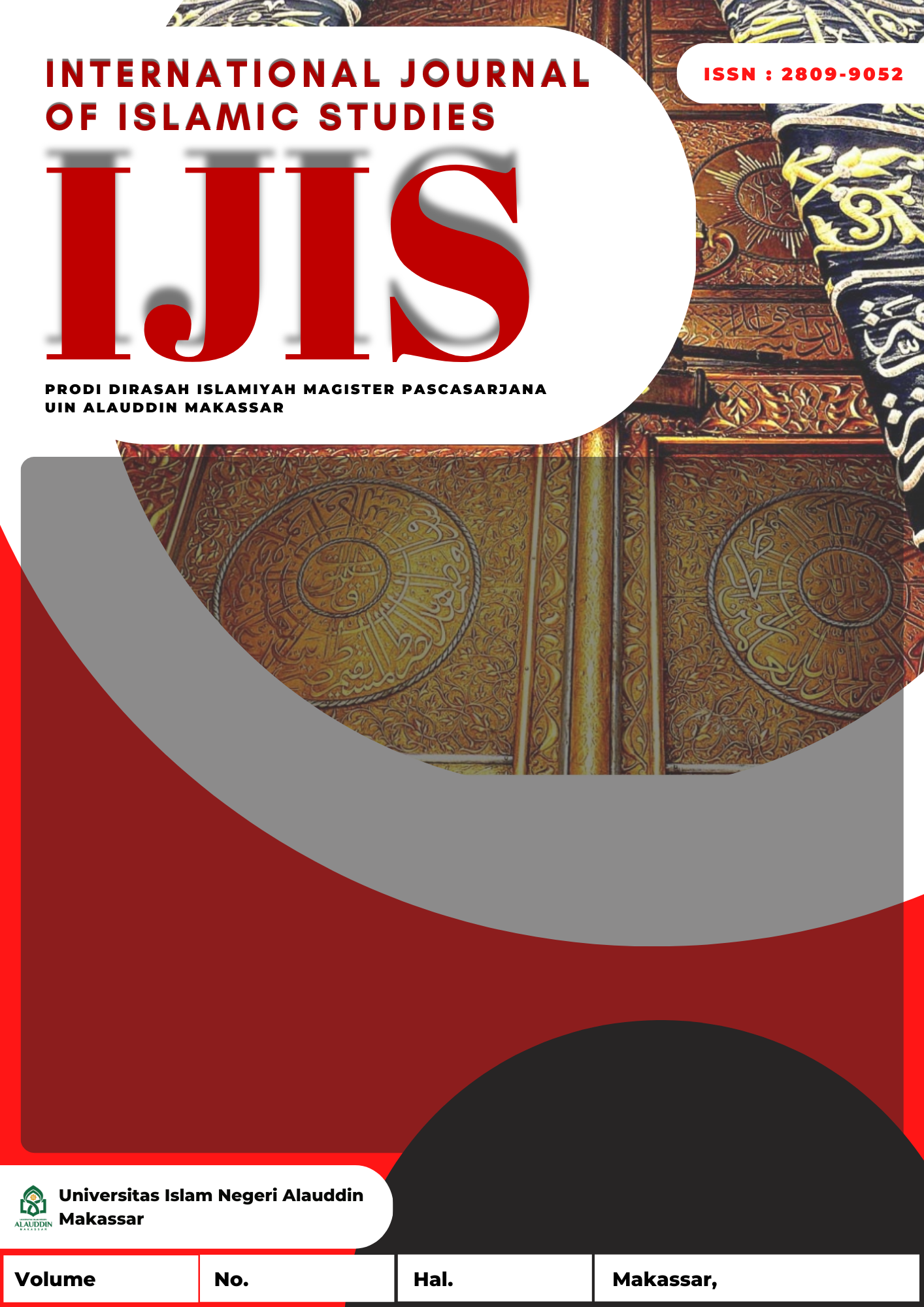UNDERSTANDING SWALLOW ZAKAT EXPENDITURE ON THE COMMUNITY OF ENREKENG VILLAGE, SOPPENG REGENCY ISLAMIC LAW PERSPECTIVE
Abstrak
The main problem of this research is how to understand the Swallow's Zakat Expenditure on the Community of Enrekeng Village, Soppeng Regency, from an Islamic Law Perspective? The main problem is further elaborated into sub-problems, namely: 1) How is the concept of understanding swallowing zakat expenditure understood by the people of Enrekeng Village, Soppeng Regency?, 2) How are the responses of religious leaders and local officials to the obligation to issue zakat on swallow business results in Enrekeng Village, Soppeng Regency? , and 3) How does Islamic law review the swallow's zakat? This type of research is a qualitative field (field research) using a research approach, namely: a normative approach, a normative theological approach and a sociological approach. Then the source of this research data is taken from Primary Data in the form of interviews with Swallow Entrepreneurs in Enrekeng Village. and Secondary Data in the form of data taken from the responses of the Head of Enrekeng Village, village officials, religious leaders and community leaders of Enrekeng Village on the obligation to issue swallow zakat and literature studies related to the problems studied. Furthermore, the data collection methods used were observation, interviews, and documentation as well as other reference searches. The data processing and data analysis techniques were carried out through three stages, namely: data reduction, data presentation, and drawing conclusions. The results of this study indicate that the understanding of swallowing zakat expenditure in Enrekeng Village, Soppeng Regency is still far from the rules and provisions of Islamic law. Swallow's nest entrepreneurs issue their zakat in different ways, in analogy to zakat maal, income zakat, property zakat, livestock zakat and some even do not issue zakat at all. Even from the village head, village officials, religious leaders and community leaders, they do not understand about the classification of swallow zakat so that there is no delivery or socialization about the obligation to issue zakat from swallows. In fact, zakat on swallows can be paid for by zakat on agriculture and zakat on trade. Likewise, the swiftlet business is also seasonal and waits for the results and the amount of zakat issued by agricultural zakat is as much as 5%. While the amount of trade zakat is 2.5% because there are many other expenses that must be incurred, such as current assets, current liabilities, profits, basic needs and so on.
Referensi
Dakhoir, Ahmad. Manajemen Zakat (Hukum dan Spirit Al-Qur’an Surah AT-Taubah (9):10), Yogyakarta: K-Media,2018.
Bahri, Andi. Ekonomi Zakat (Fiqhiyyah, Ajaran, Sejarah, Manajemen, Kaitan dengan Pajak, Infak, Sedekah dan Wakaf), Makassar: LbH Press STAIN Parepare, 2015.
Basyir, Ahmad Azhar, Asas-asas Hukum Muamalat (Hukum Perdata Islam), Edisi Revisi, Yogyakarta: Fakultas Hukum UII, 1993.
Huda, Nurul. Zakat Perspektif Mikro-Makro: Pendekatan Riset, Jakarta: Kencana, 2015.
Mughniyah, Muhammad Jawad. Fiqh Lima Mazdzhab, Terj. Masykur A.B dkk, Jakarta: PT. Lentera Basritama, 1996.
Rosandi, Aden. Zakat dan Wakaf Konsepsi, Regulasi dan Implementasi, Bandung: Simbiosa Rekatama Media, 2019.
Safitri, Junaidi. Implementasi Konsep Zakat dalam Al-Qur’an Sebagai Upaya Mengentaskan Kemiskinan di Indonesia, Mukaddimah: Jurnal Studi Islam Vol.2 no.1, 2017.
Thoriquddin, Moh. Pengelolaan Zakat Produktif Perspektif Maqashid Al-Syari’ah Ibnu Asyur, Malang: UIN-Maliki Press, 2014.
Qardawi, Yusuf. Hukum Zakat, Bogor: Pustaka Litera Antar Nusa, 2007.
##submission.copyrightStatement##
##submission.license.cc.by-nc-sa4.footer##Authors who publish with this journal agree to the following terms:
1) Authors retain copyright and grant the journal right of first publication with the work simultaneously licensed under a Creative Commons Attribution License that allows others to share the work with an acknowledgement of the work's authorship and initial publication in this journal.
2) Authors are able to enter into separate, additional contractual arrangements for the non-exclusive distribution of the journal's published version of the work (e.g., post it to an institutional repository or publish it in a book), with an acknowledgement of its initial publication in this journal.
3)Authors are permitted and encouraged to post their work online (e.g., in institutional repositories or on their website) prior to and during the submission process, as it can lead to productive exchanges, as well as earlier and greater citation of published work (See The Effect of Open Access).







